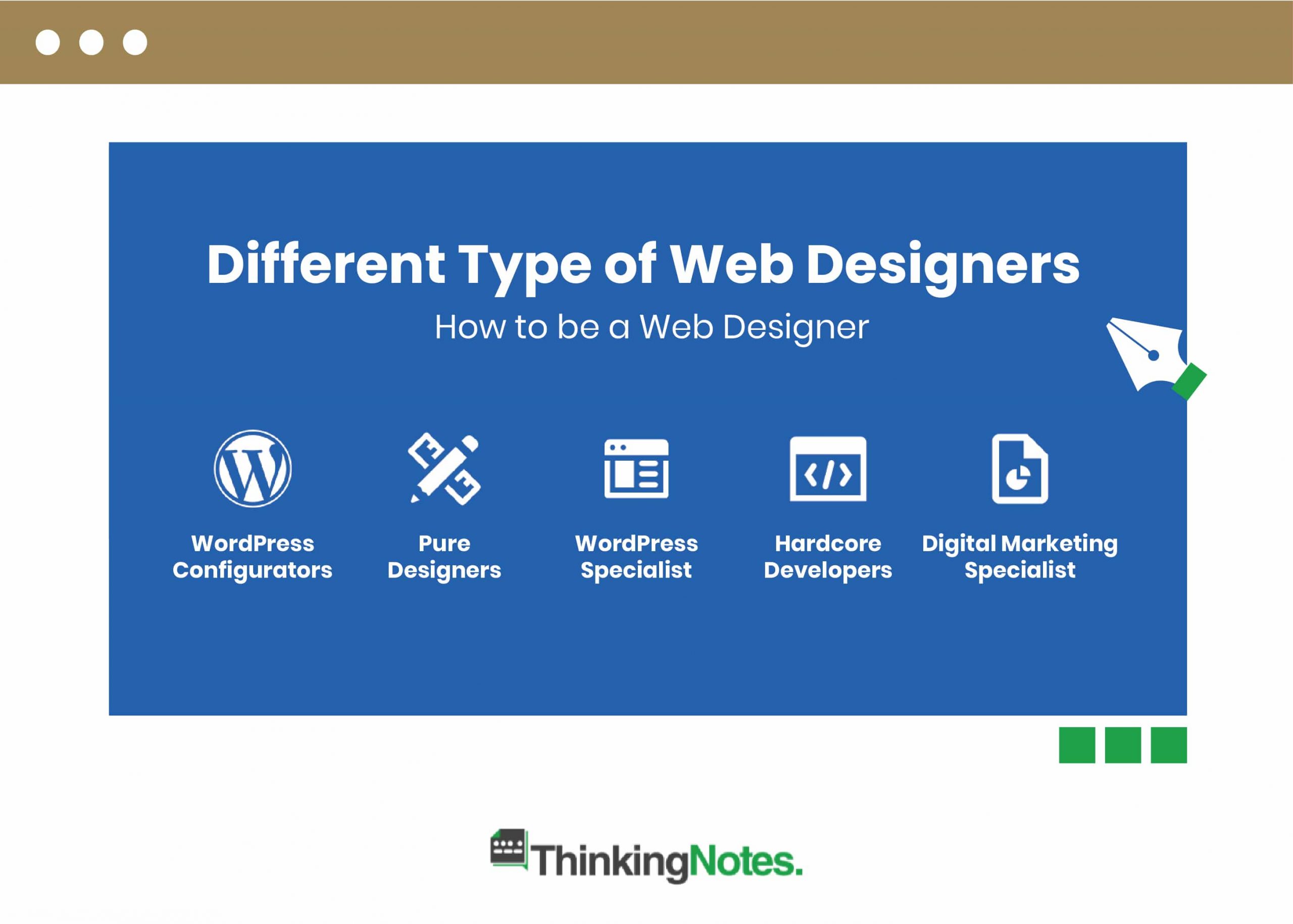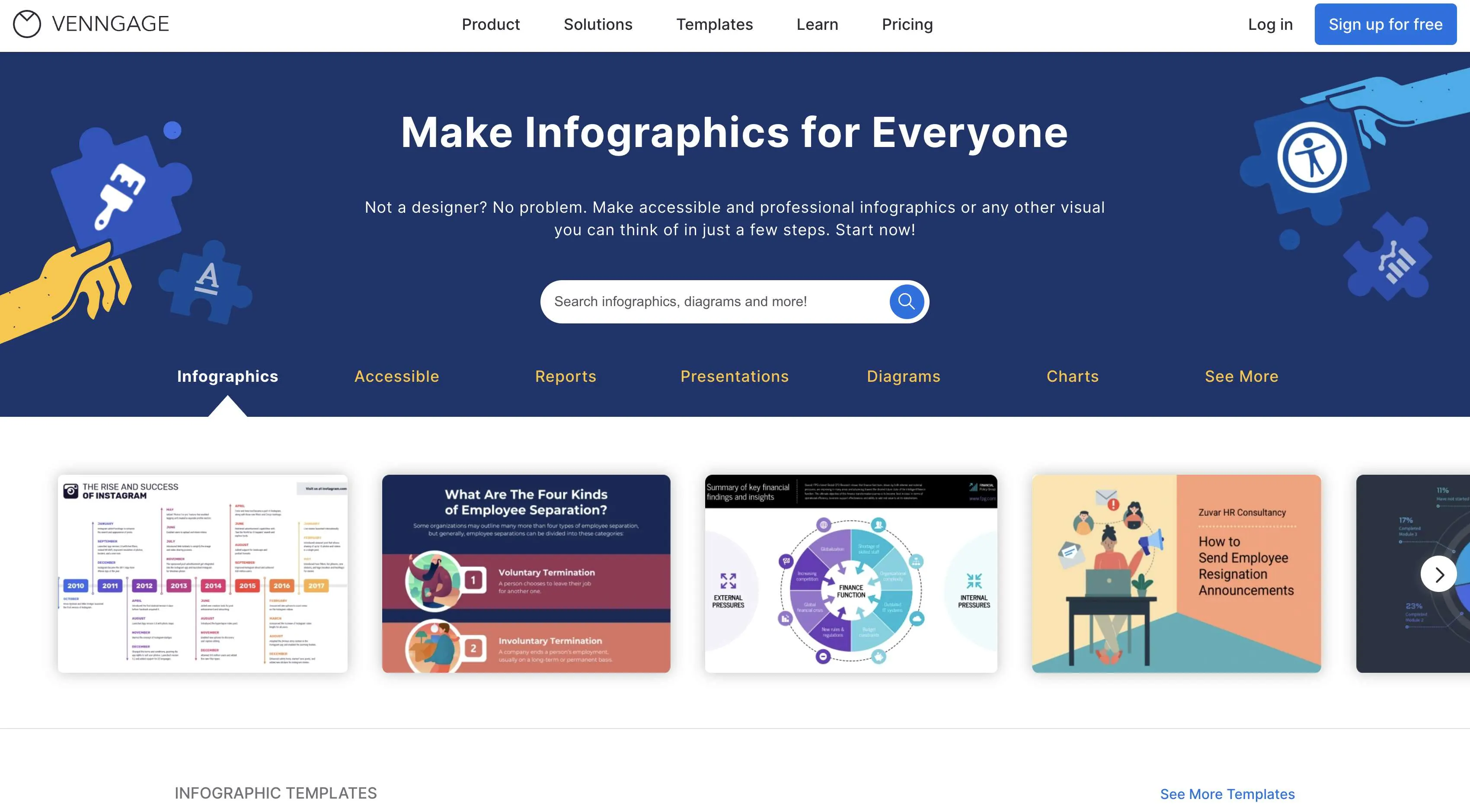The Importance of User Experience in Effective Web Design Strategies
The Importance of User Experience in Effective Web Design Strategies
Blog Article
Top Web Style Fads to Improve Your Online Existence
In a progressively digital landscape, the performance of your online visibility depends upon the adoption of contemporary web style fads. Minimal visual appeals integrated with vibrant typography not just enhance visual charm however additionally raise individual experience. Innovations such as dark setting and microinteractions are gaining traction, as they provide to individual choices and interaction. However, the value of responsive layout can not be overemphasized, as it makes certain accessibility throughout numerous gadgets. Recognizing these fads can dramatically impact your digital approach, prompting a better assessment of which components are most crucial for your brand's success.
Minimalist Design Aesthetics
In the world of internet layout, minimal style visual appeals have actually become a powerful strategy that prioritizes simpleness and functionality. This design philosophy emphasizes the reduction of aesthetic mess, allowing essential aspects to attract attention, consequently boosting individual experience. web design. By removing unneeded parts, designers can create user interfaces that are not only aesthetically enticing however likewise with ease navigable
Minimalist design often uses a minimal color scheme, relying upon neutral tones to produce a feeling of calmness and emphasis. This option fosters a setting where customers can involve with web content without being bewildered by disturbances. The use of enough white room is a trademark of minimal style, as it guides the customer's eye and enhances readability.
Including minimal principles can substantially boost filling times and efficiency, as fewer design aspects add to a leaner codebase. This efficiency is essential in an age where rate and availability are critical. Inevitably, minimalist design visual appeals not just satisfy aesthetic choices but additionally line up with practical requirements, making them an enduring trend in the evolution of website design.
Strong Typography Options
Typography functions as a vital aspect in web design, and strong typography options have acquired prominence as a way to record interest and convey messages properly. In a period where customers are inundated with details, striking typography can act as a visual support, directing visitors via the web content with quality and influence.
Vibrant typefaces not just improve readability but also connect the brand name's character and worths. Whether it's a headline that requires focus or body message that improves customer experience, the right font can resonate deeply with the target market. Developers are increasingly trying out oversized message, special fonts, and innovative letter spacing, pushing the limits of standard style.
In addition, the integration of vibrant typography with minimalist layouts enables vital content to stick out without frustrating the user. This strategy develops an unified balance that is both visually pleasing and functional.

Dark Mode Integration
A growing variety of customers are moving towards dark setting interfaces, which have actually ended up being a popular function in contemporary web layout. This shift can be credited to numerous factors, consisting of reduced eye stress, her explanation improved battery life on OLED displays, and a sleek aesthetic that improves visual hierarchy. Because of this, integrating dark setting into website design has actually transitioned from a trend to a necessity for services intending to appeal to varied user choices.
When implementing dark mode, developers need to ensure that color contrast satisfies ease of access requirements, enabling individuals with visual disabilities to navigate easily. It is also necessary to maintain brand consistency; colors and logos ought to be adjusted attentively to guarantee readability and brand name recognition in both light and dark setups.
In addition, using individuals the choice to toggle in between dark and light modes can significantly enhance individual experience. This modification allows individuals to select their liked viewing setting, thereby fostering a sense of convenience and control. As digital experiences end up being significantly personalized, the integration of dark setting shows a more comprehensive commitment to user-centered style, inevitably causing higher interaction and complete satisfaction.
Computer Animations and microinteractions


Microinteractions refer to little, had moments within a user journey where customers are prompted to take action or obtain comments. Instances include switch computer animations during hover states, notifications for finished tasks, or easy loading indicators. These interactions supply individuals with instant comments, strengthening their activities and producing a sense of responsiveness.

However, it is important to strike an equilibrium; too much computer animations can interfere with functionality and lead to interruptions. By attentively including microinteractions and computer animations, designers can produce a satisfying and smooth user experience that urges exploration and communication while maintaining quality and function.
Responsive and Mobile-First Design
In today's digital landscape, where users accessibility sites from a plethora of tools, receptive and mobile-first design has become a fundamental practice in internet advancement. This strategy focuses on the user experience across numerous display dimensions, making sure that internet sites look and function efficiently on smartphones, tablet computers, and desktop.
Receptive style more utilizes versatile grids and formats that adapt to the display measurements, while mobile-first layout begins with the smallest display size and gradually boosts the experience for bigger devices. go to the website This approach not only caters to the increasing number of mobile individuals however additionally boosts load times and performance, which are crucial variables for user retention and online search engine positions.
In addition, search engines like Google favor mobile-friendly websites, making receptive layout important for SEO techniques. As an outcome, taking on these layout principles can significantly boost online exposure and individual interaction.
Final Thought
In summary, embracing contemporary internet layout trends is crucial for boosting on-line existence. Minimal aesthetic appeals, strong typography, and dark setting assimilation add to individual interaction and accessibility. The incorporation of microinteractions and animations improves the overall individual experience. Last but not least, responsive and mobile-first style makes certain optimum performance across gadgets, strengthening search engine optimization. Collectively, these aspects not just improve aesthetic appeal however likewise foster efficient communication, inevitably driving individual fulfillment and brand commitment.
In the world of internet layout, minimalist design aesthetics have emerged as a powerful approach that prioritizes simplicity and performance. Inevitably, minimal design looks not just cater to aesthetic preferences however additionally straighten with functional needs, making them an enduring trend in the evolution of internet style.
An expanding number of individuals are moving in the direction of dark setting interfaces, which have come to be a noticeable attribute in modern web design - web design. As a result, incorporating dark mode right into web layout has actually transitioned from a fad to a necessity for organizations aiming to appeal to varied customer choices
In summary, embracing modern internet style fads is crucial for improving on-line presence.
Report this page